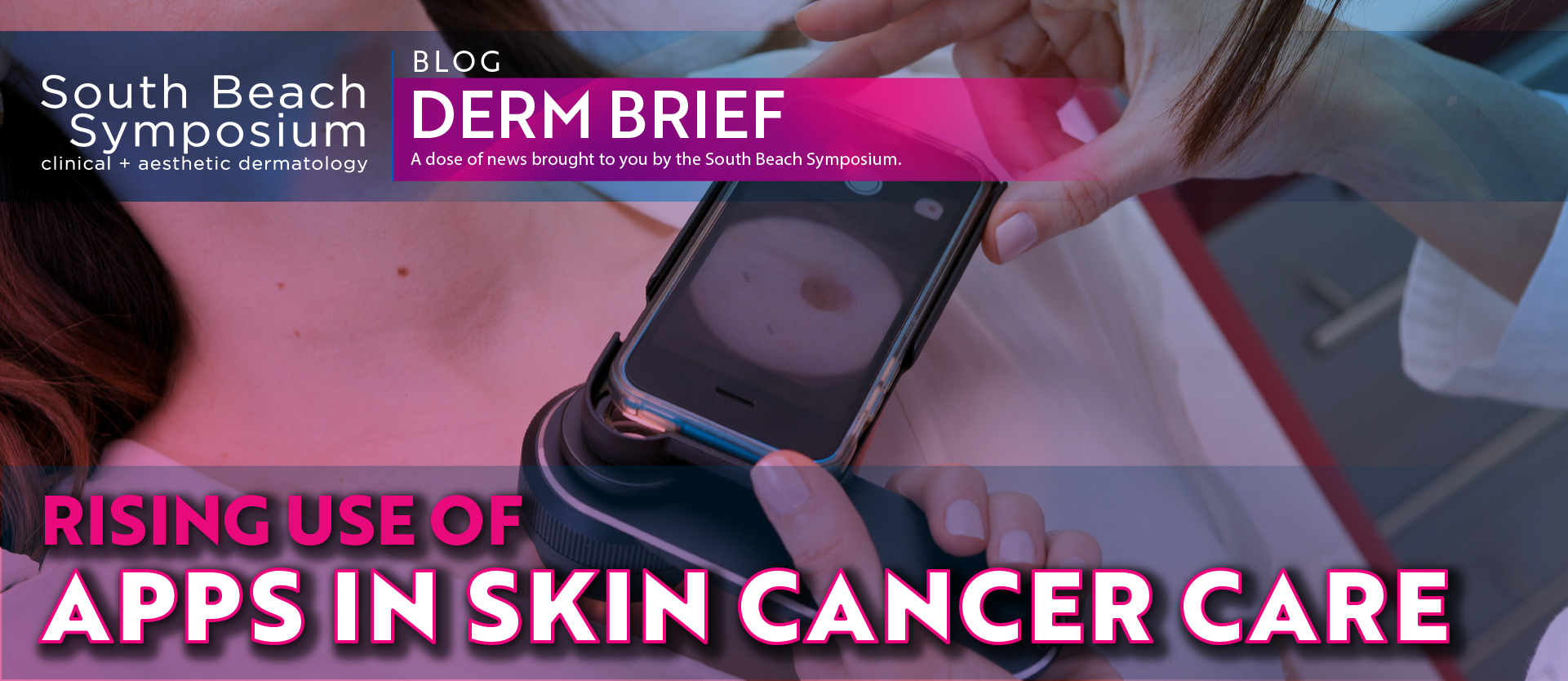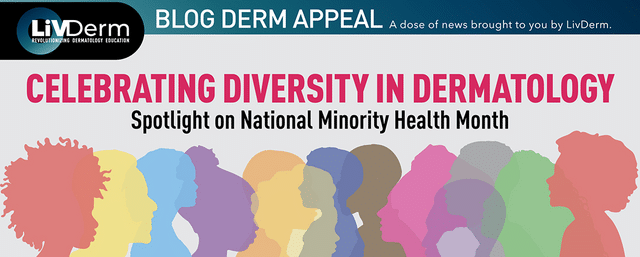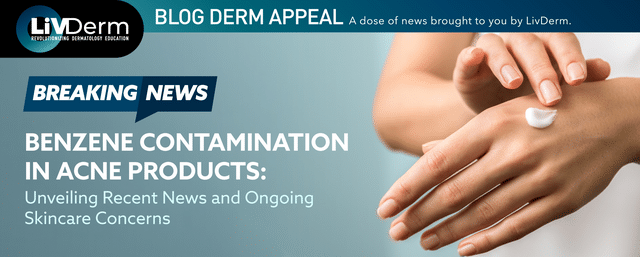As mobile technology continues to infiltrate nearly every aspect of modern day life, it also has begun slowly making its way into the medical field. Clinical data is proving the potential benefits of telemedicine in providing patients with enhanced ease, accessibility, and availability of medical consultations as well as treatments. Increasingly, smartphone applications are being designed to assist physicians and patients with preventing skin cancer – the most common type of cancer affecting the United States population. Recent research from the European Society for Medical Oncology has even proven the efficacy of artificial intelligence technologies at identifying malignant skin lesions to a more accurate degree than dermatologists.
Applications such as Miiskin, First Derm, and SelfCheck are growing in popularity among patients who wish to routinely examine suspicious moles or lesions without a visit to the dermatologist’s office. While they may prove helpful in storing images for future comparison and setting reminders for self-examination, some wonder how much trust clinicians and their patients can really place in these technologies.
Smartphone Applications for Skin Cancer Diagnosis
According to recent studies , smartphone applications may not be as efficacious at accurately detecting precancerous and malignant lesions as previously believed. Research network Cochrane conducted a study which aimed to determine whether apps can indeed help the public identify malignant melanoma skin lesions.
Cochrane researchers evaluated five applications that relied on automated analysis and one that used a store-and-forward approach. Four of the immediate automated assessment apps missed between 7 and 55 melanomas, while the store-and-forward method – which sends photographs to a dermatologist for assessment – only missed one. Furthermore, the dermatologist was not able to identify 6 melanomas due to the virtual method of inspection. Although the reliability of these findings is reduced by the small nature of the study and the use of practitioner photographs instead of images taken by patients, the study implicates the need to maintain caution while relying on mobile technology for diagnosis.
Three Major Flaws of Applications
Despite relative success in the use of artificial intelligence technology for skin cancer diagnosis, the use of smartphone applications remains precarious. Researchers from the University of Birmingham point to three major flaws present in apps: a lack of rigorous published trials determining their efficacy and safety, a lack of specialist input during the developmental phase, and issues with the method of analysis.
Primarily, the lack of specialist input curtails the amount of available information used in the developmental phase of these apps, increasing the risk of misdiagnosis. Without a comprehensive database, apps may not be able to recognize unusual forms of cancer, and without input from a dermatologist, they may not identify all high-risk symptoms.
False negatives also stem from issues with the technology itself, which struggles with identifying ulcerated areas or amelanotic melanomas. Finer details, which would be identified via dermatoscope or by a dermatologist in person, are often overlooked by smartphone applications and pose the risk of false negatives and delayed treatment. Furthermore, apps often provide patients with advice on whether or not to visit a dermatologist based on their diagnosis; if incorrect, this could lead to later detection and increased long-term complications.
While future technology will play a significant role in skin cancer diagnosis, smartphone applications available today require additional research and work before they can become reliable diagnostic methods. Meanwhile, applications which focus on educating patients on sun protection and skin cancer prevention may provide great public health benefit. Until adequate validation and regulation of skin cancer detection apps are implemented, patients should remain wary of the potential risks associated with them and consult a specialist with any suspicious skin abnormalities.
















